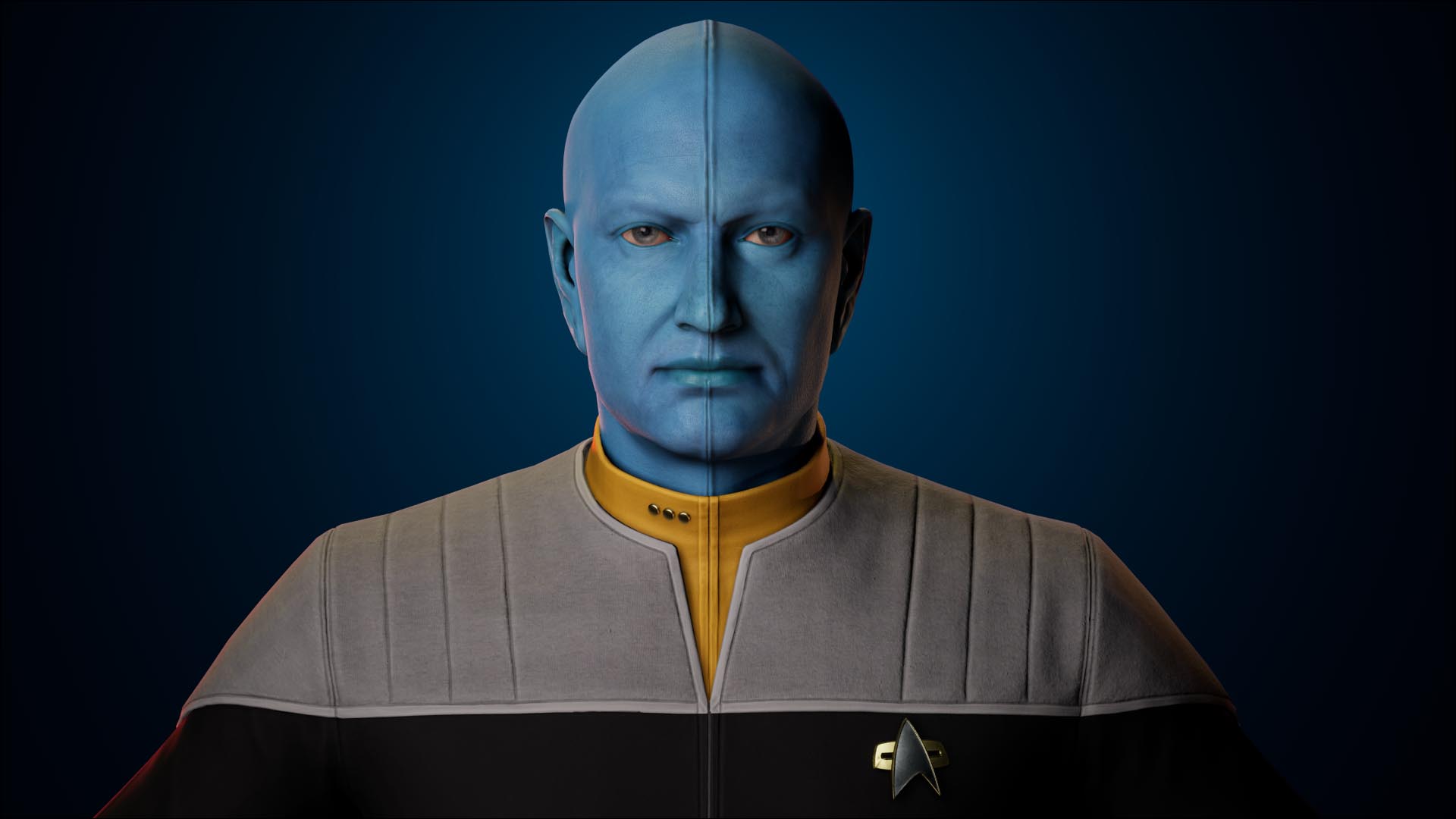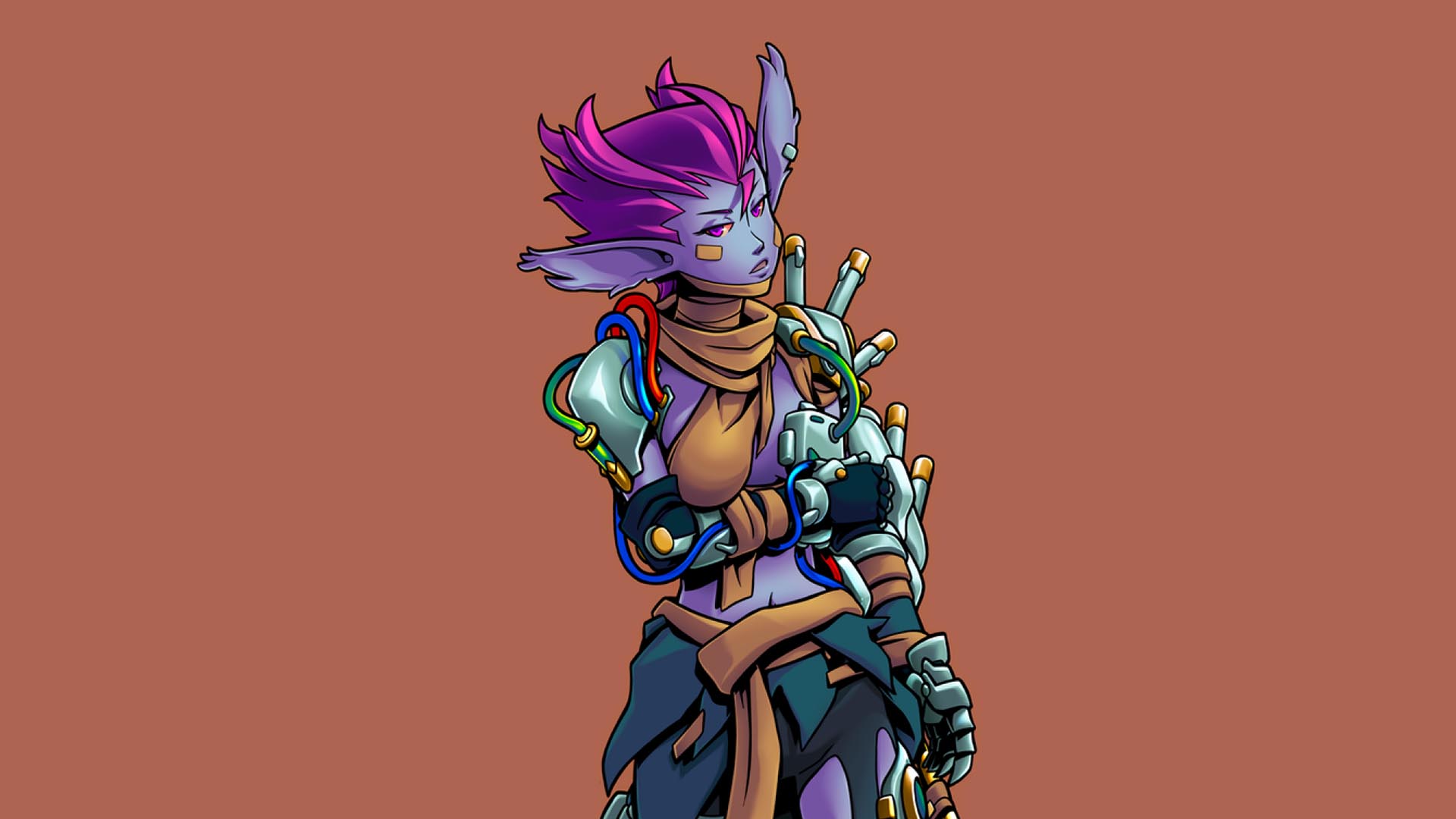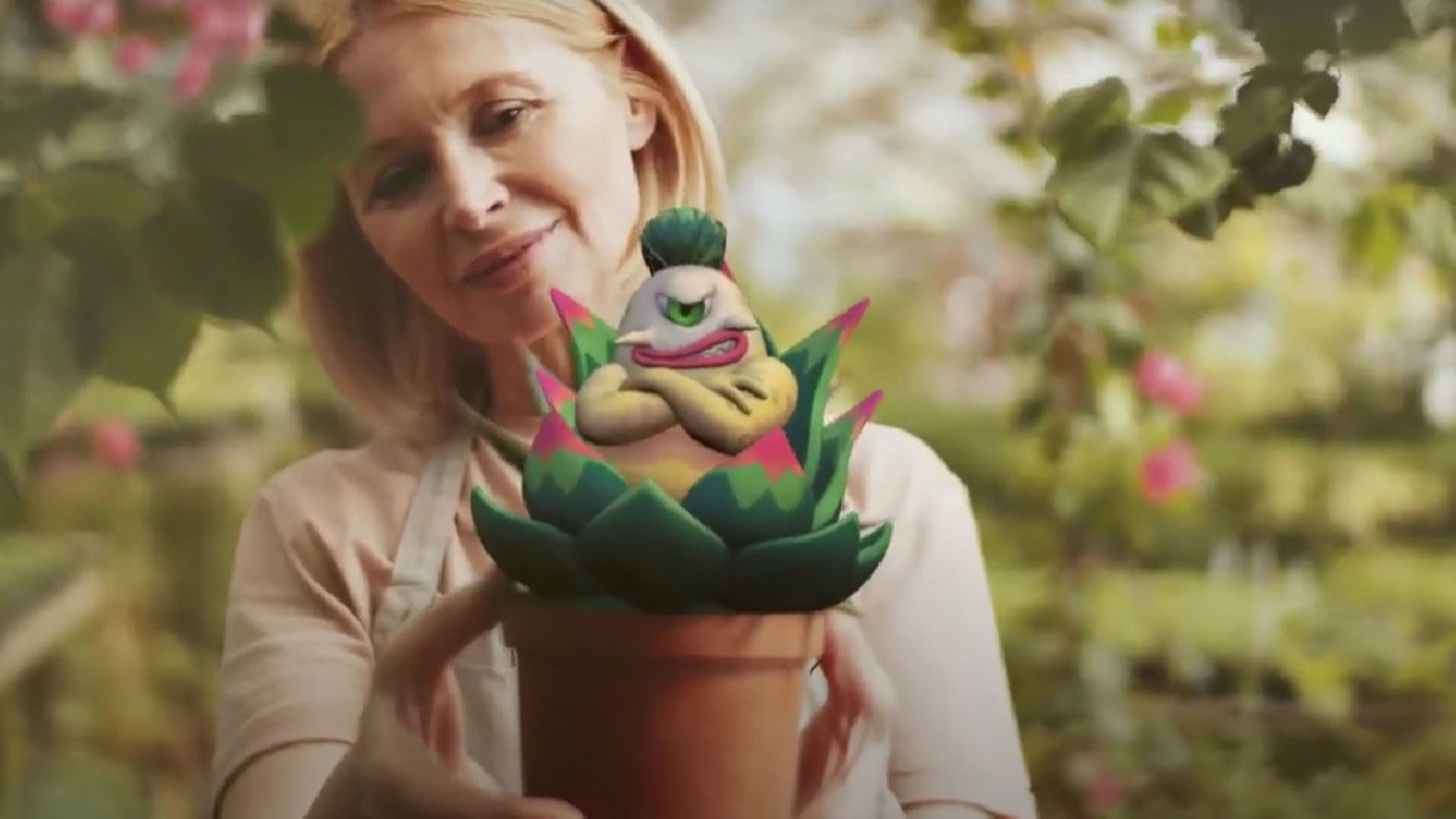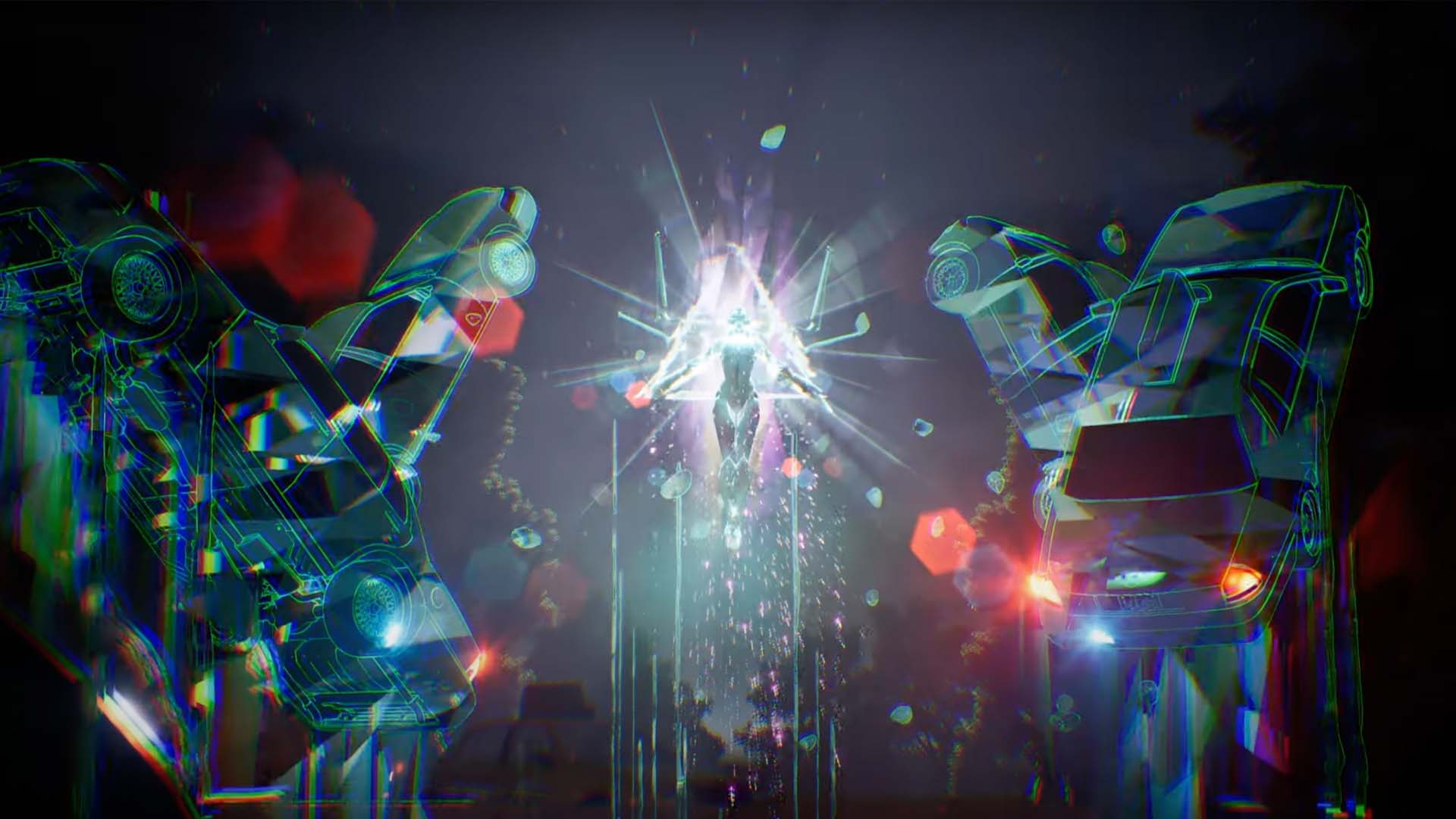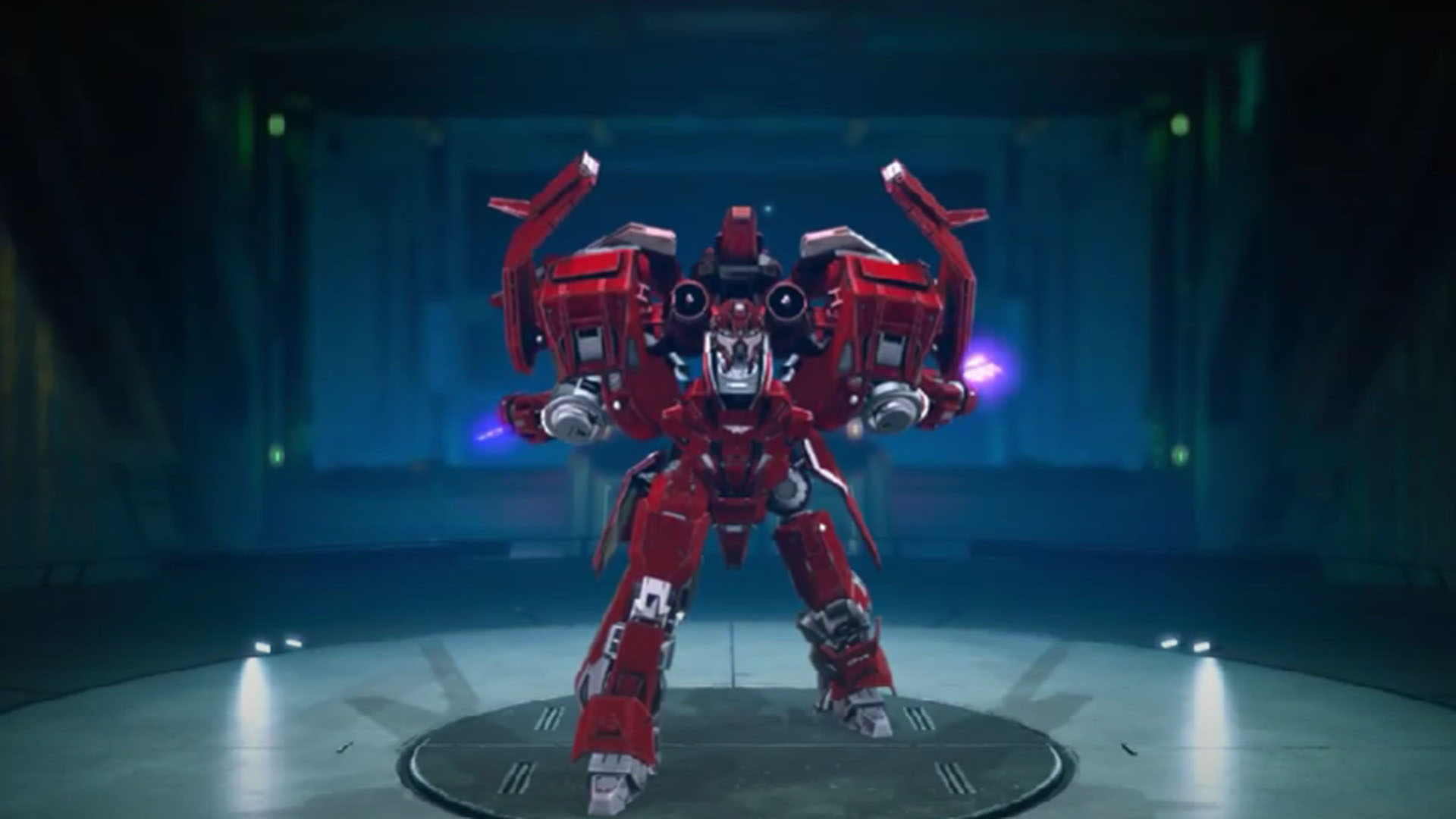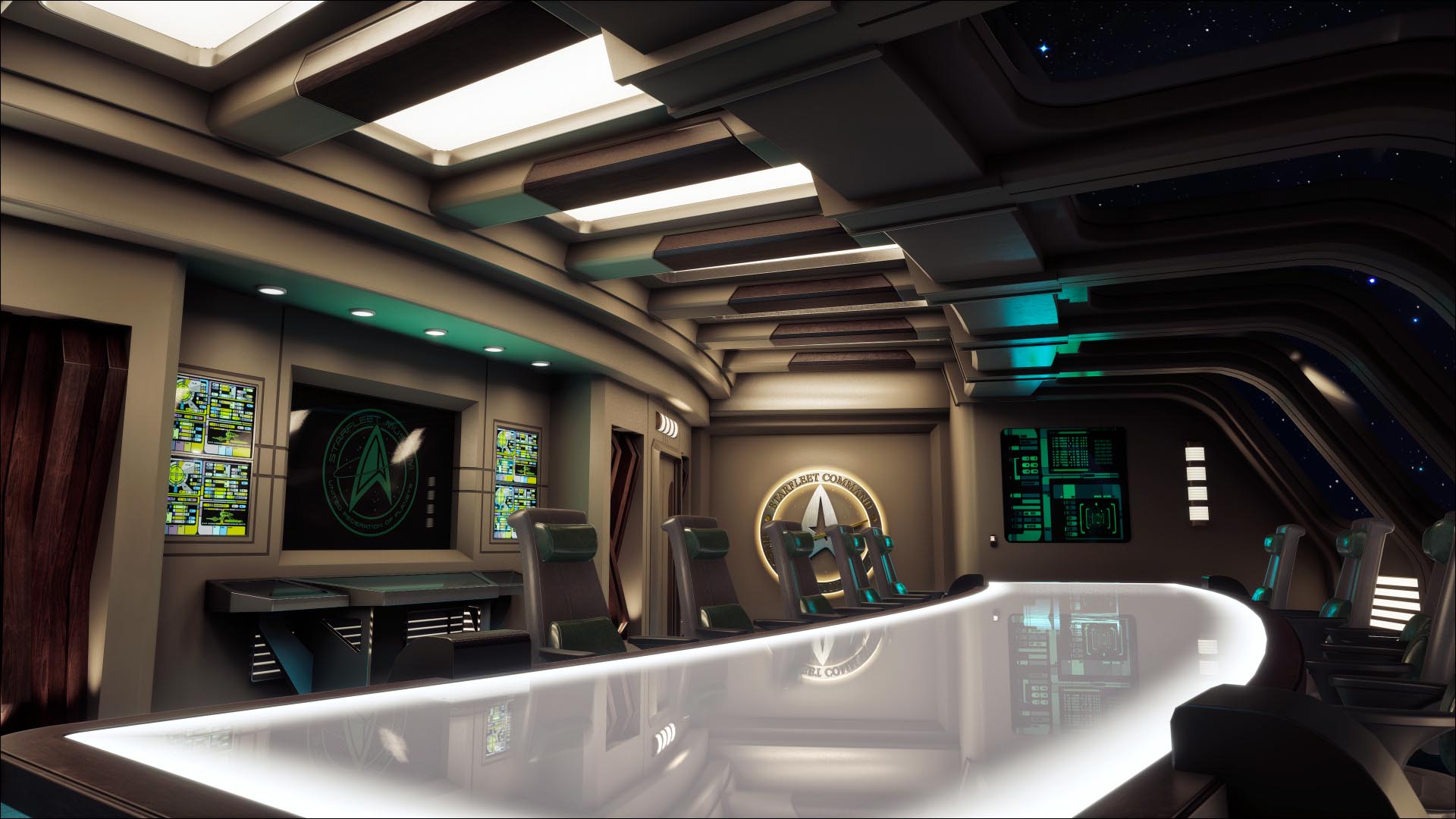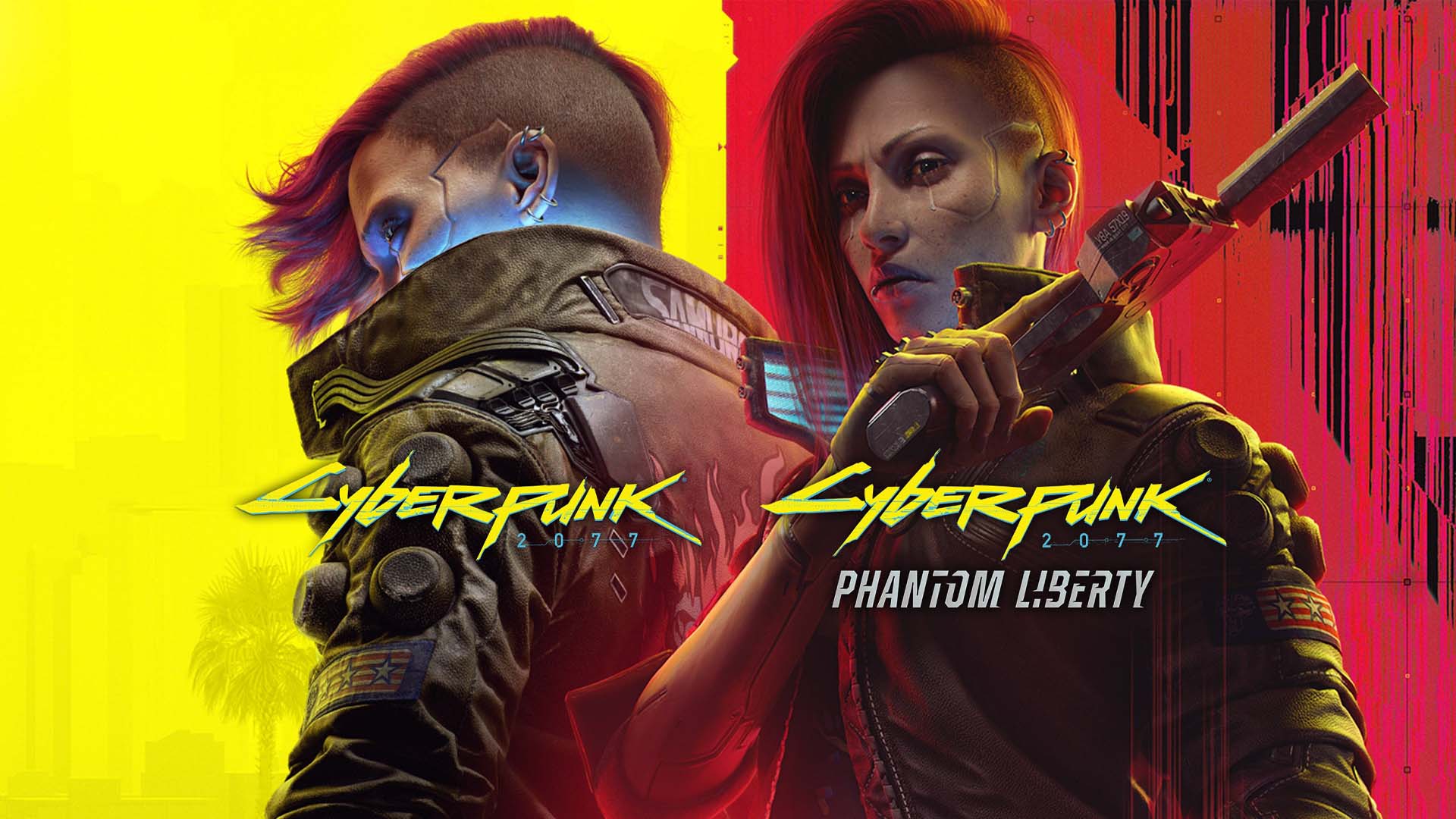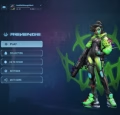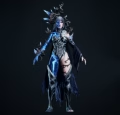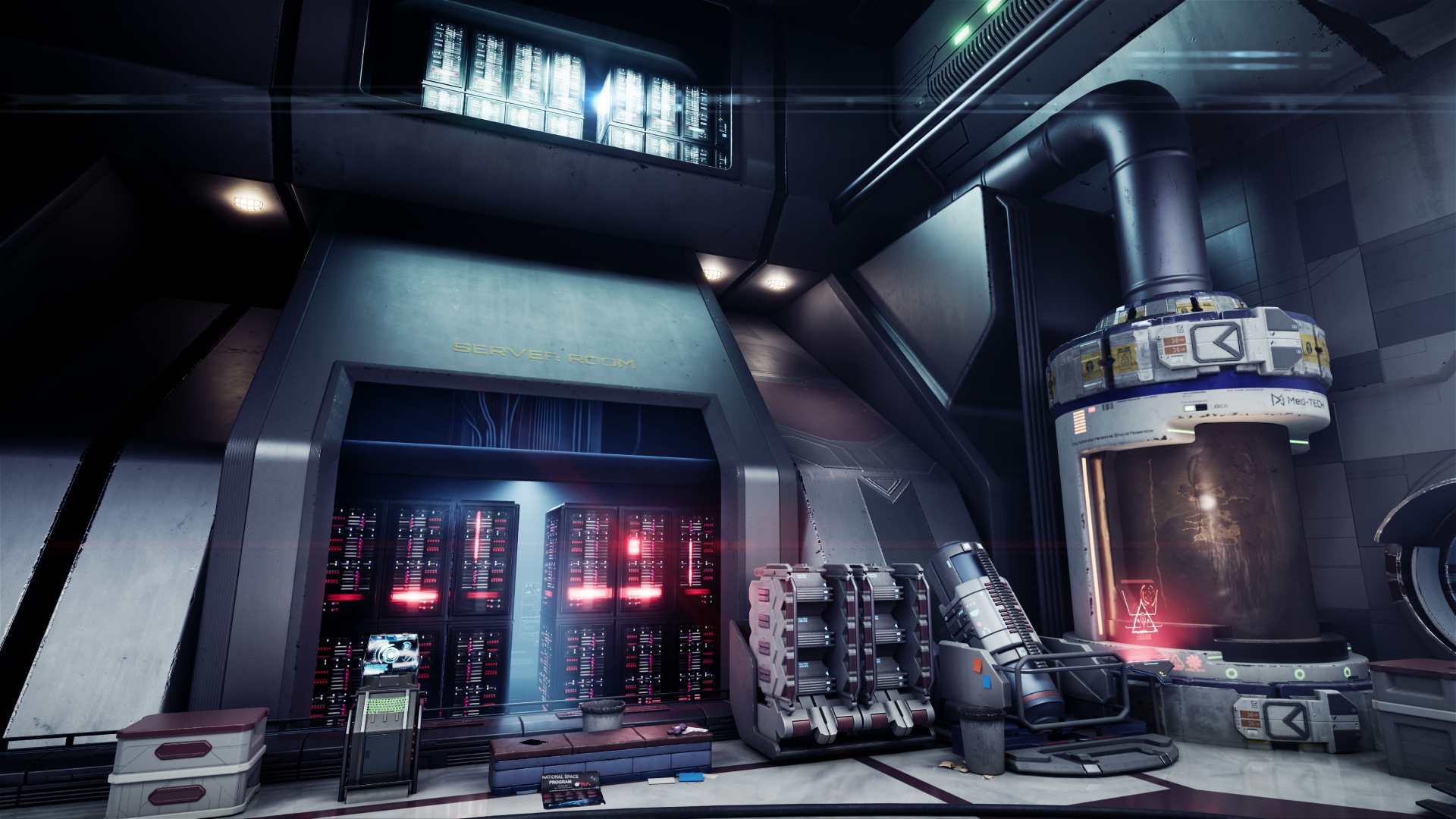Our latest look behind the magician’s curtain is into this 3D game art of an eerie and dilapidated looking cabin. This piece was conjured up by one of our stellar artists to showcase our technical and creative skills. Pieces like this are often just as useful to our portfolio as they are a challenge to our talented team, testing themselves against new limits and creative processes.
Let’s take a look at how this piece was made and what went into creating it.
Inspiration and Experimentation with 3D Game Art
Magic Media’s art team find inspiration everywhere and this section of the team particularly found themselves drawn to post-apocalyptic games and settings. Their setting and atmosphere are enigmatic, the mystery and the strangeness of its setting are so hard to define but are huge draws to players. Games like The Last of Us, the Metro series, and a few of the more striking Call of Duty levels, served as the main inspiration. The goal was creating a cabin as a post-apocalyptic hideout for a soldier or survivor. The artist didn’t have much more to go on, only that they wanted to show it was an active site in this new post-apocalyptic world and that much had happened.
The early exploration of the piece involves a lot of reference gathering and developing moodboards. While it’s not shown here, the team wanted an interior created as well so experimentation began with different 3D asset blockouts and environments until something was created that everyone liked. During this team, other members were experimenting with lighting, colors, and real-time VFX set-ups which were settled on around the same time.
Creating a piece like this goes through the typical 3D art production pipeline with explorations and sketches turning into blockouts and rough drafts. From there, they are refined through art passes, texturing, high-poly, baking low-poly, across multiple passes of tweaks and alterations. This process was done on both the internal and external properties. The goal was for the environment to look and perform well in 1st and 3rd person, which meant a lot of work in its silhouette, layout, and texturing.
3D Game Art and Storytelling
While the 3D game art team were working on the lighting setup and processing moodboards, they were also considering how best to immerse the player and create the right tone. Of course, lighting is important in this endeavor but it’s not everything.
They wanted the cabin, even remote and isolated, to show the story of the decaying world. Where the person inhabiting it is fighting tooth and nail to survive against persistent and constant threat. Bear traps, barricades, windows that have been broken and sealed, and cracks in the roof are all efforts of the team to set the scene for any player approaching it. Even the woods themselves seem welcoming but they also mean there’s plenty of places to hide for the things that go bump in the night!
The 3D Game Art Production Pipeline: Making it Feel Real
All elements of 3D game art, assets and environments, need to feel real and lived in. Nothing is clean, everything has been handled and used, maintained, put down, and picked up a hundred times. Making a piece of art feel part of a living world is key in the delivery of high-quality 3D game art.
Key in delivering this quality is asking questions. That is how you get answers on what comes next for your 3D game art. What is the life like of this lonely survivor? What are they afraid of? How do they go about living and dealing with this situation? Eating and sleeping, how is that handled given the danger? How do they defend themselves from said danger? Do they try to light up their cabin for comfort and if so, how do they hide that light from potential threats? Our team asked themselves these questions and many more.
All of these questions make you think about the person, the life. And that is what our 3D game artists do, that is the key in delivering not just high-quality game art, but realistic and believable game art. That’s why the interior was designed as someone’s home while the exterior says “watch out and stay out.”
The Tools of 3D Game Art Production
Simple enough, our team are using the industry standard for tools. For modeling we see a lot of Maya and ZBrush. Substance Painter and Photoshop are very useful for texturing, with Substance Painter being a real front-runner for all your texturing needs. Lastly, the piece was rendered out using Unreal Engine 5 which is a stand-out in the latest generation of gaming engines.
Whether you need our comprehensive 3D art production services or more, Magic Media can deliver any service you need for gaming, entertainment, or tech. Our teams can seamlessly deliver art production from 2D concepts up to game VFX, and animation. Full-cycle development, game trailers, and cybersecurity are just a few more of what we offer. Get in touch with us and let’s create magic!

